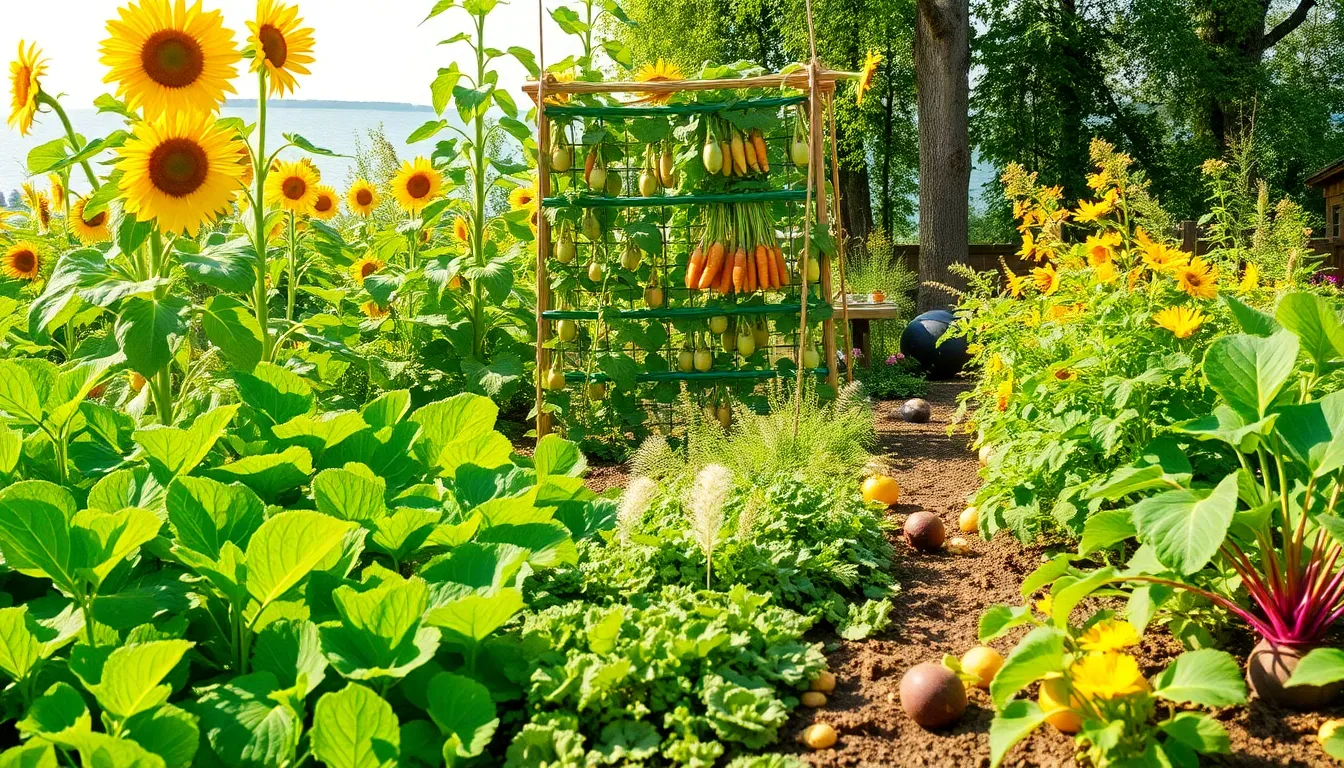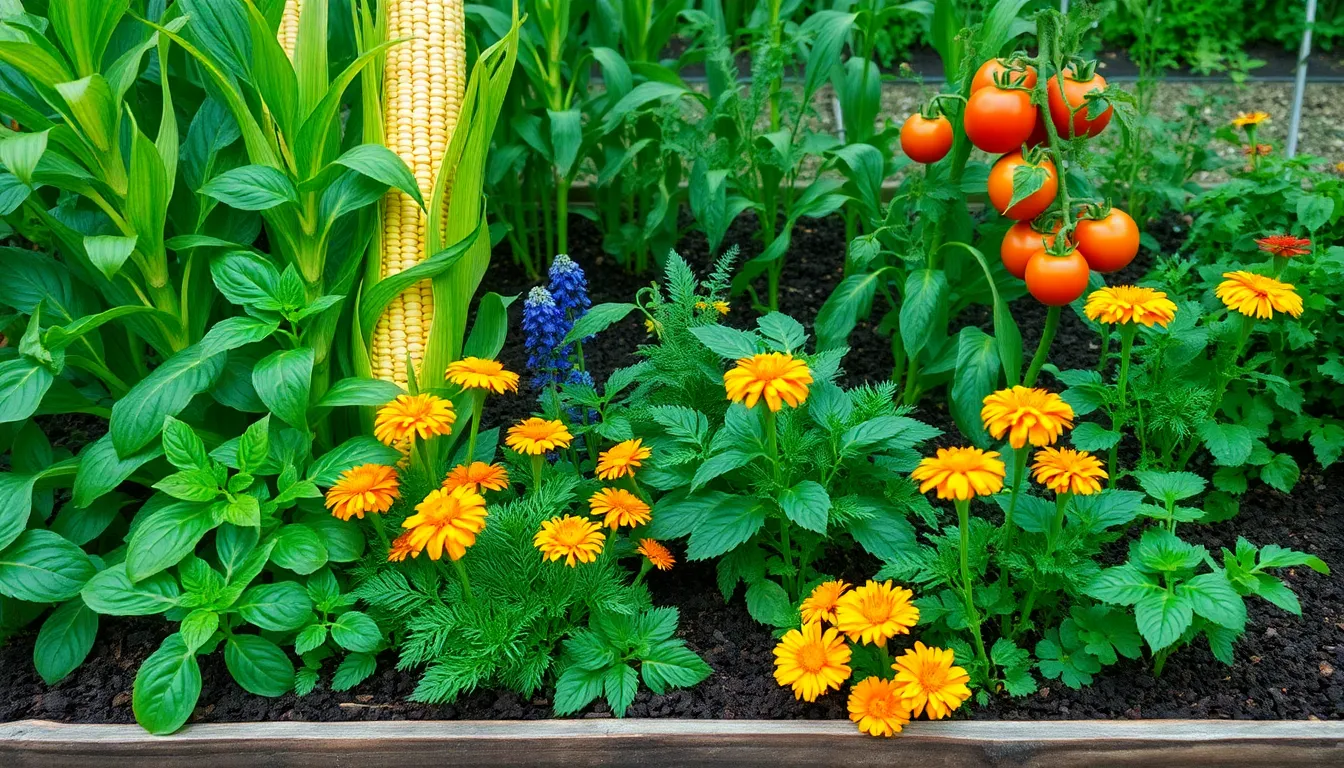Gardening is as much an art as it is a science, and like any great endeavor, it’s surrounded by a fair share of myths—especially when it comes to rotating garden crops. Whether you’re sowing your first seeds or have a garden that’s the envy of your neighborhood, understanding the truth behind crop rotation can transform your growing experience. This practice, steeped in agricultural tradition, is hailed for its benefits but often misunderstood in backyard gardening.
For both budding green thumbs and seasoned soil enthusiasts, grasping the true nature of crop rotation can enhance your garden’s health and productivity. Not only does it help prevent soil exhaustion and pest buildup, but it also promotes a more sustainable gardening approach. In this article, we’ll debunk some of the most common myths surrounding crop rotation, empowering you with the knowledge to make informed decisions for your beloved plants.
Together, we’ll explore what crop rotation really means beyond the textbook definitions, and how it can be tailored to suit gardens of all sizes. You’ll learn practical tips to incorporate this age-old technique into your gardening routine, ensuring that your plants receive the nutrients they need to thrive. So, roll up those sleeves and prepare to dig deep into the truths of crop rotation—your garden will thank you for it!
Understanding Crop Rotation Basics
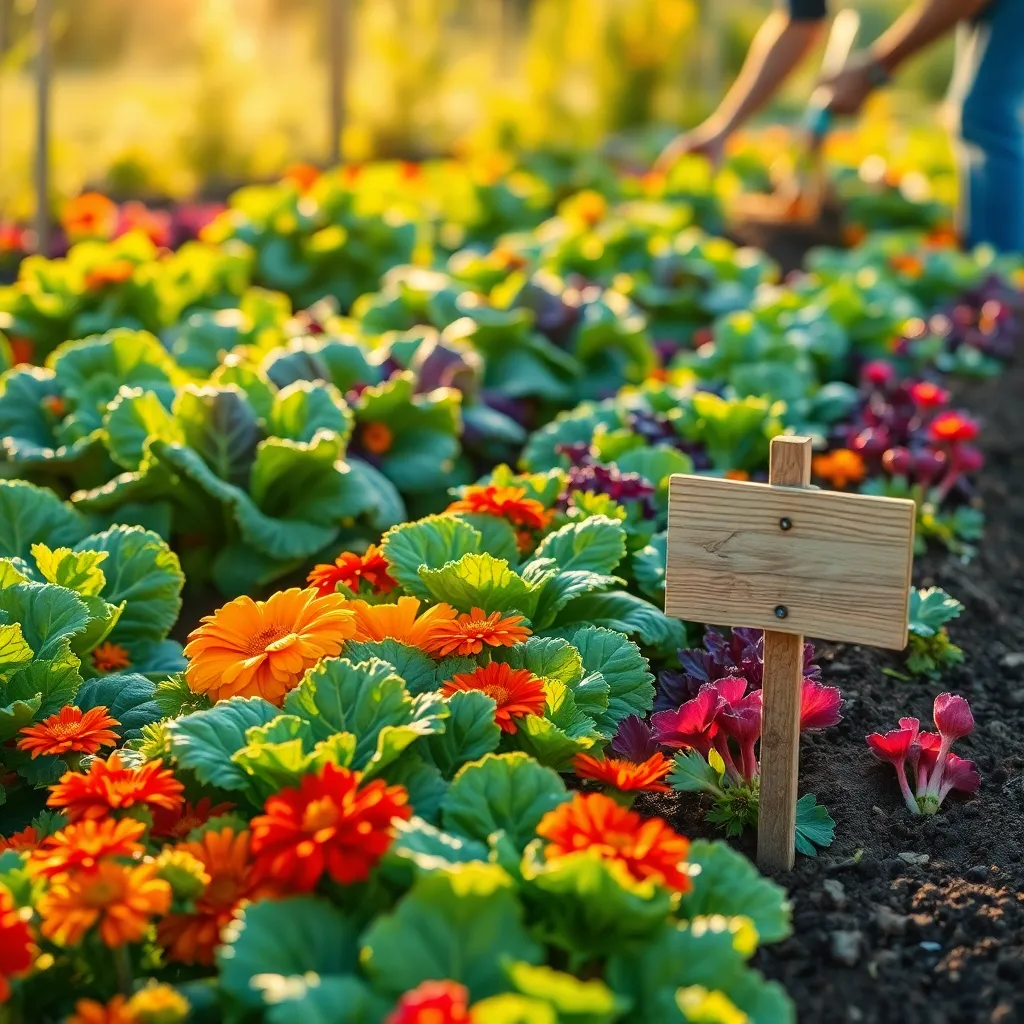
Crop rotation is a fundamental practice in sustainable gardening that helps prevent soil nutrient depletion and reduces pest and disease build-up. By systematically changing the location of crops each season, gardeners can improve soil health and enhance yield.
To effectively rotate crops, it’s essential to understand the different plant families, as crops from the same family often share pests and diseases. For example, avoid planting tomatoes in the same area year after year; instead, follow them with beans or peas, which enrich the soil with nitrogen.
Start by dividing your garden into sections and assign different plant families to each section annually. For beginners, a simple rotation plan might involve dividing your garden into three parts: one for leafy greens, one for fruiting crops, and one for root vegetables.
Advanced gardeners might consider incorporating cover crops like clover or vetch between rotations to further improve soil fertility. These cover crops can be turned back into the soil before planting the next crop, adding organic matter and enhancing soil structure.
Debunking Yield Improvement Myths
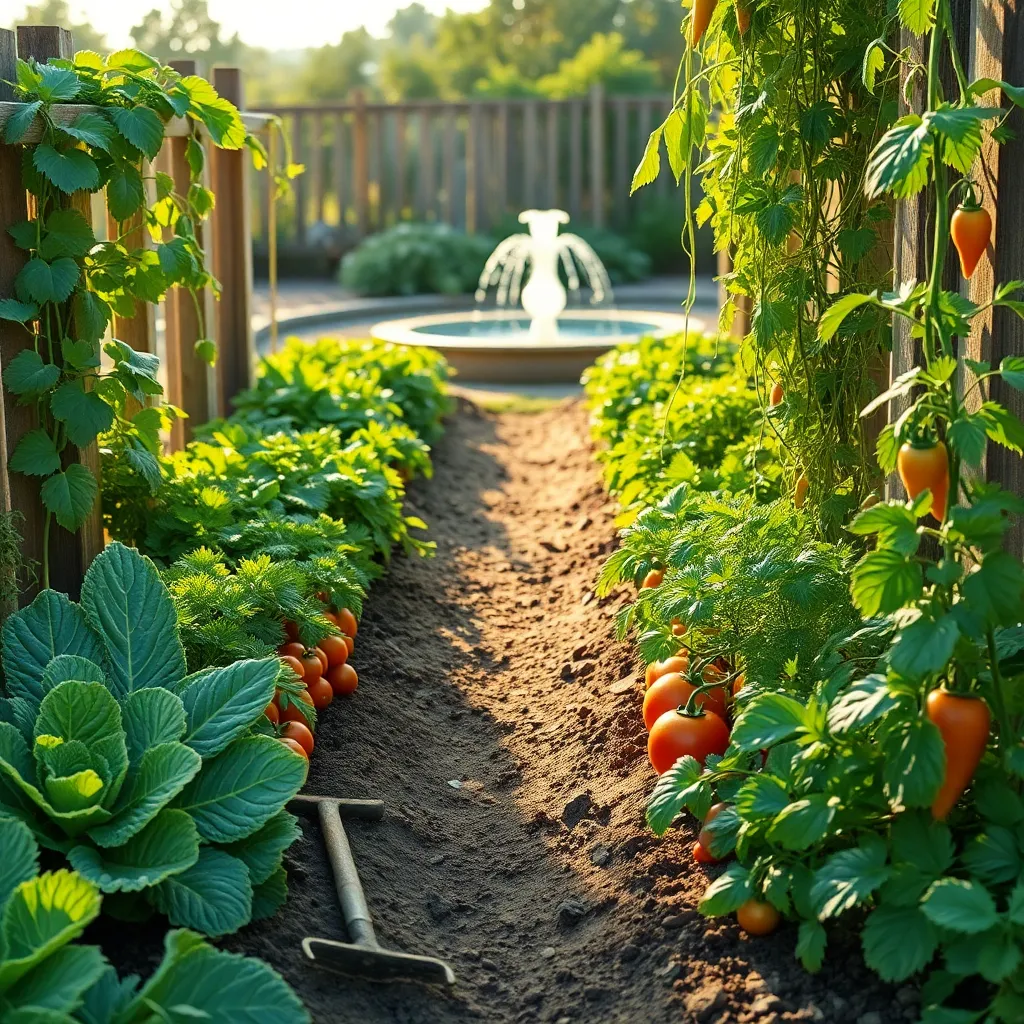
While crop rotation is a well-established practice for improving soil health, some myths about it enhancing yields persist. It’s crucial to understand that while rotating crops can help prevent soil nutrient depletion, it doesn’t automatically boost plant productivity. Consistent and balanced soil fertility management throughout the growing season is essential for optimizing yields.
Many gardeners believe that simply changing the location of their plants can solve all pest problems. Although crop rotation disrupts the lifecycle of some pests, it is not a comprehensive solution. Incorporating integrated pest management techniques, such as using companion plants and encouraging beneficial insects, can further protect your crops.
Another common misconception is that crop rotation alone eliminates the need for fertilization. While rotation can help maintain soil structure and health, it doesn’t replace the nutrients that plants extract from the soil. Testing your soil annually and amending it with appropriate organic fertilizers can ensure your plants receive the nutrients they need.
Advanced gardeners might consider adding cover crops into their rotation plan to maximize benefits. Cover crops, like clover or rye, can fix nitrogen in the soil and improve soil texture when tilled under. This practice not only enhances soil fertility but also increases organic matter, which can lead to better water retention and plant growth.
Soil Health Misconceptions Explained
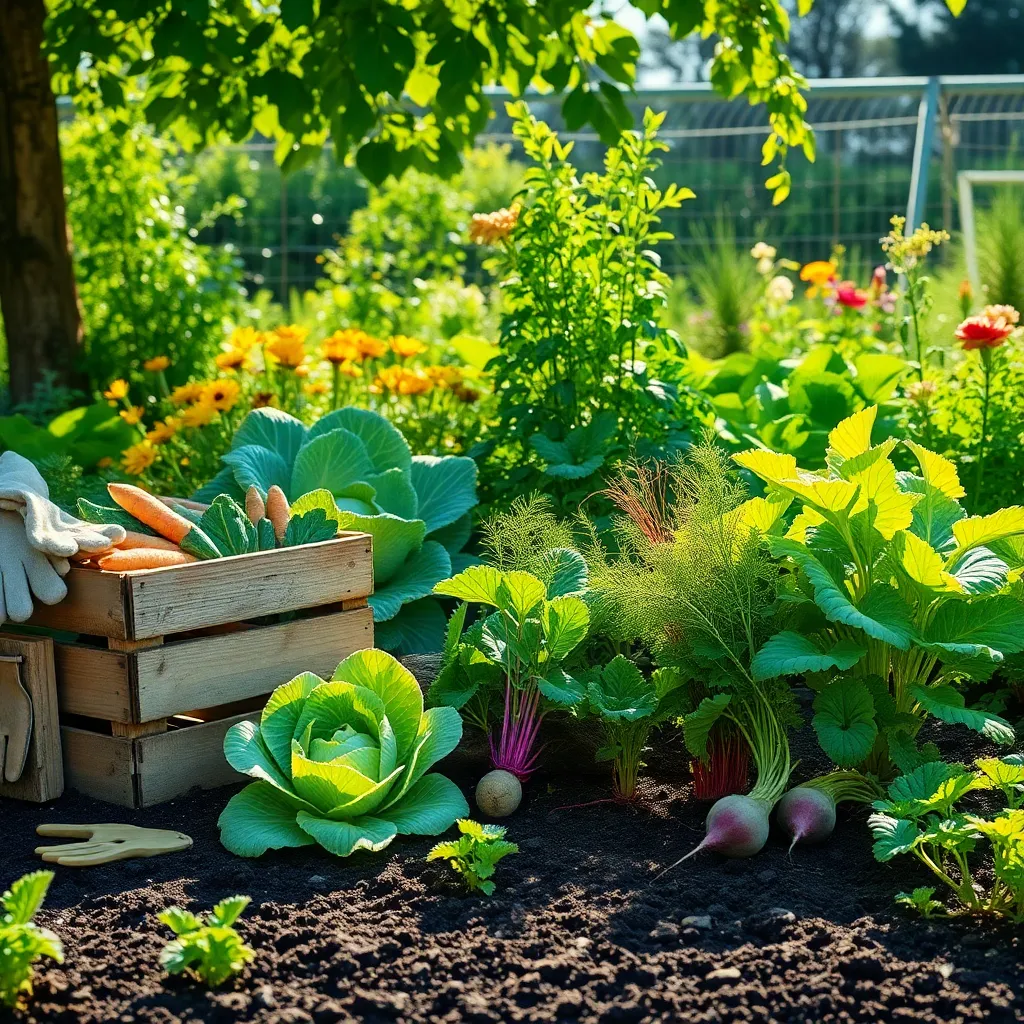
Many gardeners believe that rotating crops automatically improves soil health, but this isn’t always the case. While rotation can prevent pest buildup and disease, it must be paired with other soil management techniques for optimal results.
It’s a common misconception that rotating crops is enough to maintain nutrient levels in the soil. However, integrating cover crops like clover or vetch can replenish nitrogen, boost organic matter, and improve soil texture, making rotation more effective.
Some assume that all soil types respond the same way to crop rotation, which isn’t true. Sandy soils, for instance, may require more frequent amendments with organic matter to retain nutrients, while clay-heavy soils benefit from improved drainage through the addition of compost.
For advanced gardeners, testing soil pH and nutrient levels can provide insights beyond what crop rotation alone can offer. Regular soil testing allows you to tailor amendments precisely, ensuring that plants receive the exact nutrients they need to thrive.
Clarifying Pest Control Beliefs
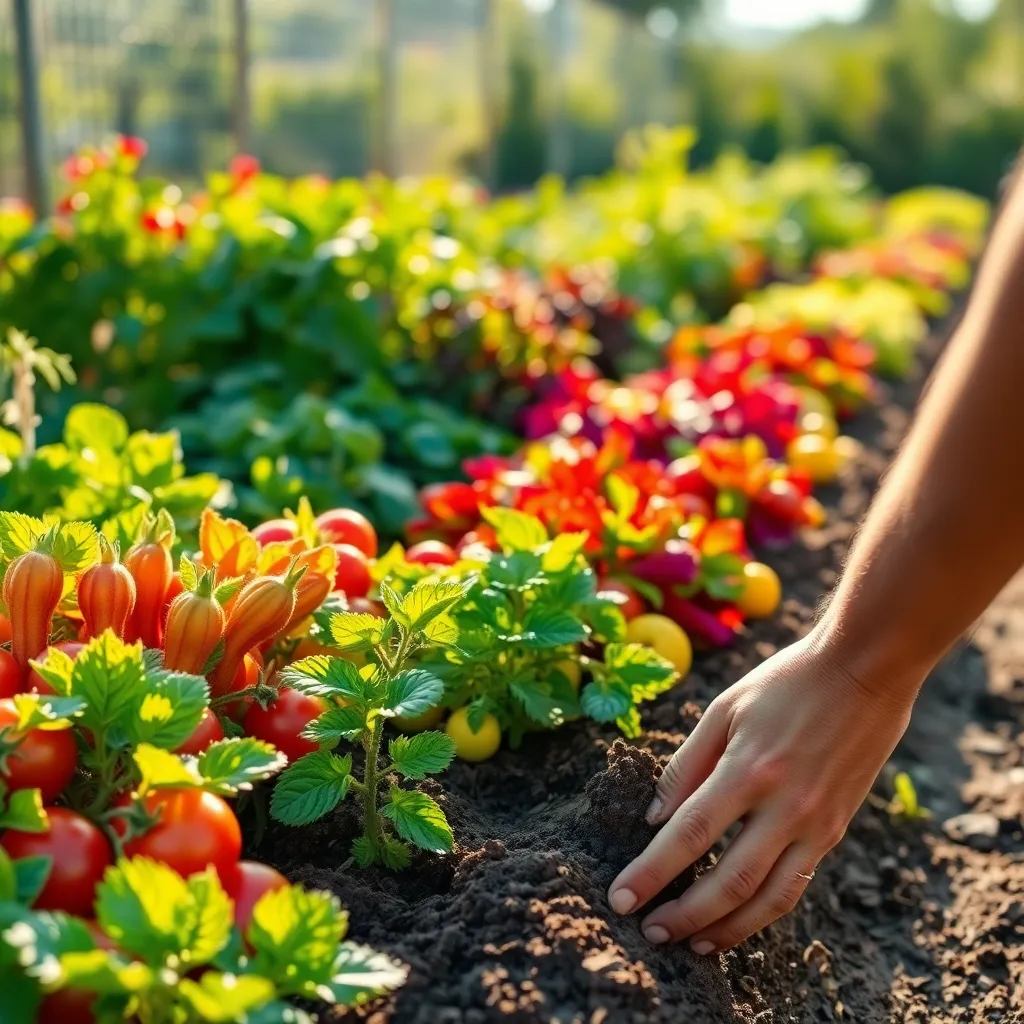
Many gardeners believe that rotating crops alone will keep pests at bay, but this is not entirely true. While crop rotation can disrupt pest life cycles, it must be combined with other integrated pest management strategies for best results.
Using companion planting is another effective way to deter pests naturally. Pairing plants like marigolds with tomatoes can help repel nematodes, while basil planted near peppers can ward off aphids.
Regularly inspecting your plants for signs of pests is crucial in maintaining a healthy garden. Early detection allows you to take swift action, such as using insecticidal soap or neem oil, which can control many common garden pests.
For more advanced pest control, consider introducing beneficial insects like ladybugs and lacewings. These natural predators can significantly reduce aphid populations without harming your plants or the environment.
Real Effects on Plant Diseases
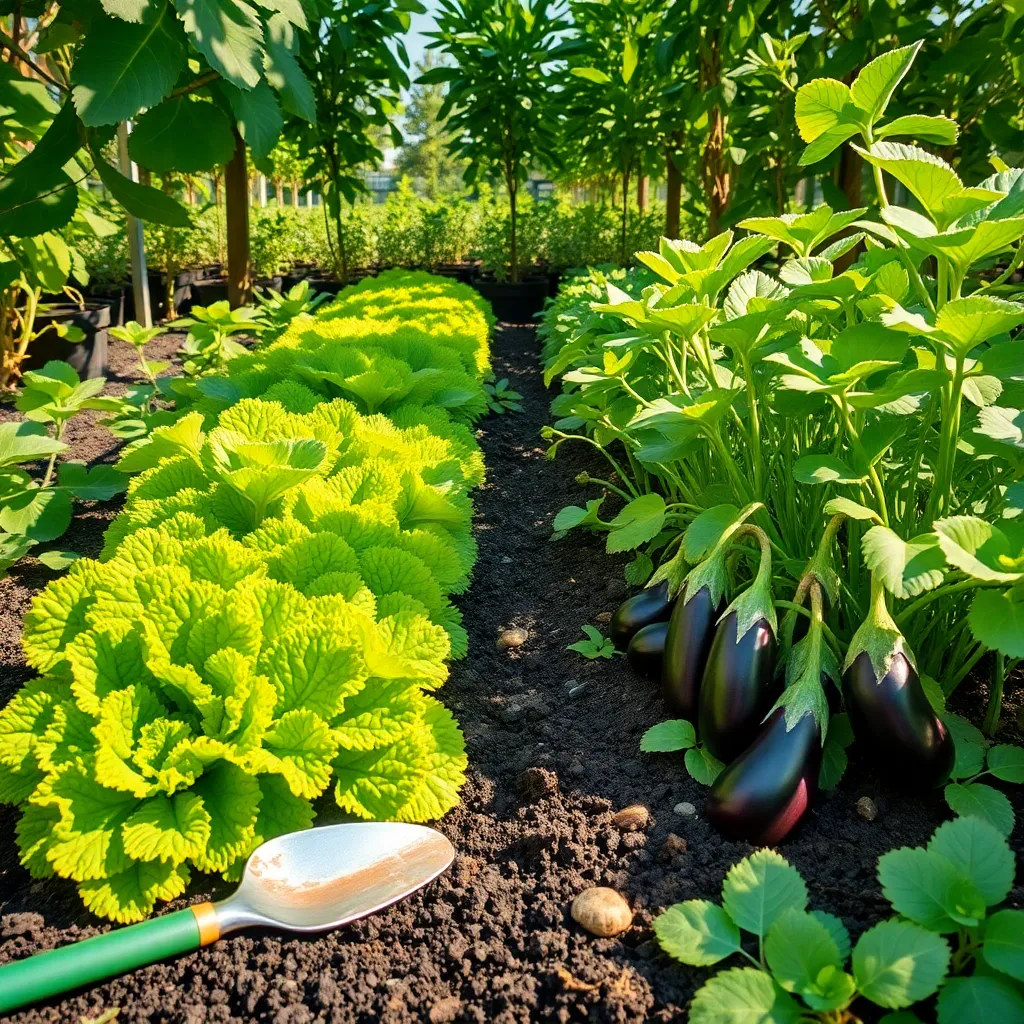
Rotating garden crops can have a significant impact on managing plant diseases. This practice involves changing the location of specific plant families in your garden each year to disrupt the life cycles of pathogens that overwinter in the soil.
By preventing the build-up of disease-causing organisms, crop rotation helps maintain plant health. For example, moving tomatoes away from last year’s spot can minimize the risk of soil-borne diseases like Verticillium wilt.
Implementing crop rotation requires some planning, but it’s a manageable task. Start by grouping plants into families, such as the Solanaceae for tomatoes and peppers, and ensure they don’t return to the same soil for at least three years.
While crop rotation is effective, it works best when combined with other practices. Incorporating organic matter like compost improves soil health and resilience against diseases.
Conclusion: Growing Success with These Plants
In debunking the myths surrounding crop rotation, we’ve uncovered five vital relationship concepts that can transform how you nurture your connections. First, just like crops need diverse nutrients, relationships thrive on variety and balanced give-and-take. Second, the misconception that relationships should be effortless mirrors the myth of effortless gardening—both require consistent care and attention. Third, understanding the rhythm of growth and rest is essential, as relationships, akin to crops, need time to flourish and recover. Fourth, the belief that past failures dictate future outcomes is challenged; both soil and relationships can be rejuvenated with the right effort. Lastly, the idea that one-size-fits-all solutions exist is as misleading in relationships as it is in gardening; every connection is unique and requires personalized care.
As your next step, take a moment to reflect on one relationship that could benefit from a fresh approach or renewed attention. Start with a small, intentional action today.
Bookmark this article to revisit these insights whenever you need a reminder of how to cultivate thriving relationships. Looking ahead, remember that with understanding and effort, relationship success is always within reach. Embrace the journey with optimism and watch your connections blossom.

